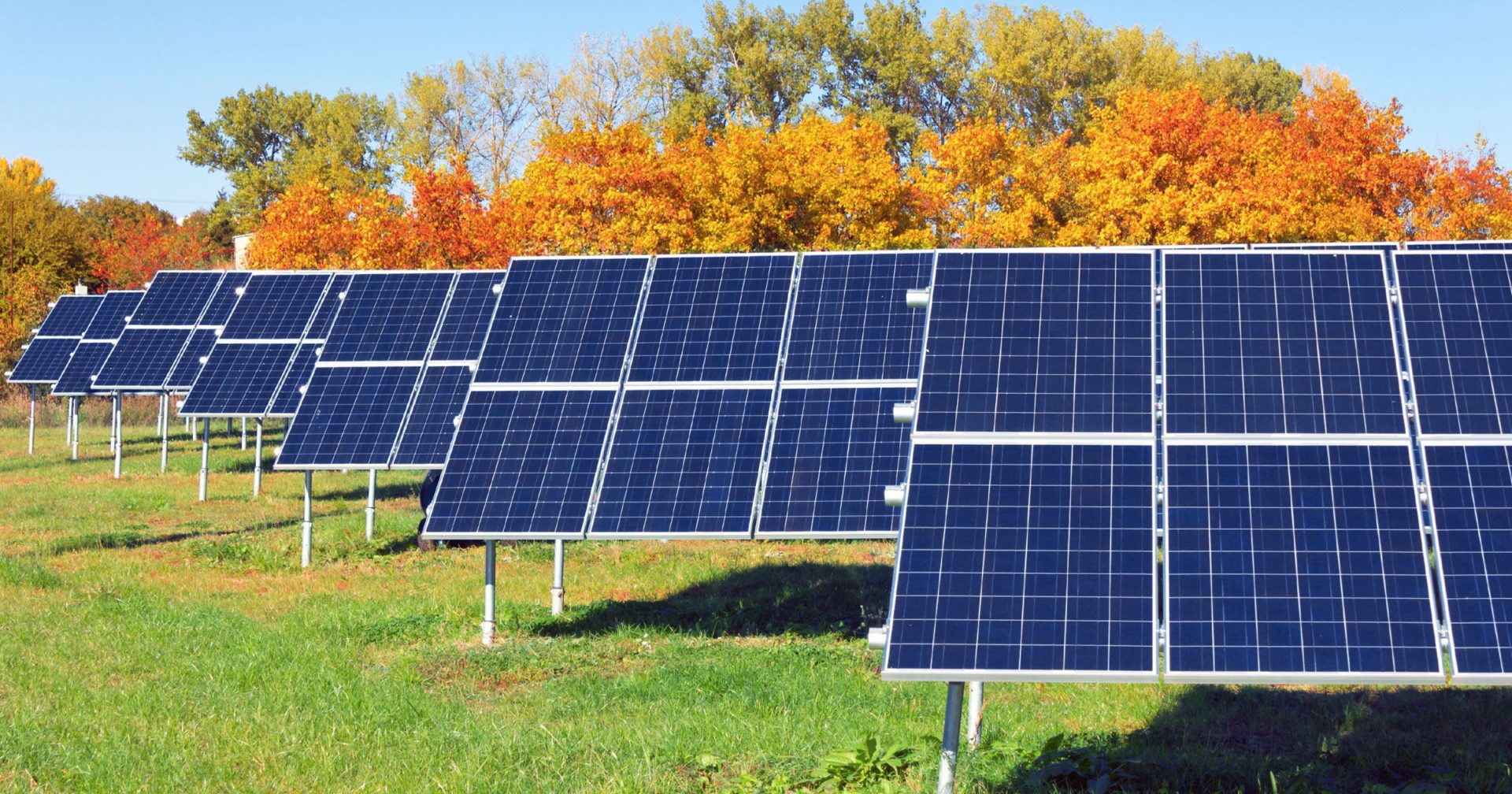Top 4 Reasons To Go Solar In Fall
Summer is officially over and we’re heading into the crisp, cool days of fall. As temperatures begin to become milder, the upcoming months are typically when we see our lowest electricity bills of the year. As a result, autumn can traditionally be overlooked as a time to go solar as pricey electricity bills are not top of mind. However, fall is actually the perfect season to install a solar energy system.
In fact, it’s a common myth that those with solar panels only reap money savings on their electric bills during the warmer months. While spring and summer yield longer, sun-filled days that are conducive for energy generation, the truth is that solar power is not seasonal.
Let’s explore four of the leading reasons why this fall is one of the best times to go solar. Along the way, we’ll dispel some of the top misconceptions surrounding the seasonality of solar power.
Reason 1: Generate Significant Electricity—Even During the Winter
One frequent misconception surrounding solar energy is that panels don’t work during cooler temperatures. However, that’s far from the truth. Solar panels generate energy from the sun’s light—not its heat. And while fall and winter do feature shorter days, solar energy systems actually perform better in chillier environments. In fact, research shows that panels begin losing their efficiency around 77 °F. Meaning, colder temperatures increase the energy production efficiency of solar panels.
This may seem counterintuitive, but solar energy panels produce less electricity when it’s hot. You may see your panel’s highest production in the fall, winter, or spring months. If you don’t believe us, take Germany as an example. Germany is the highest producing country for solar power despite it being one of the geographic locations featuring the lowest sunshine hours across the globe (similar to Alaska’s environment). If you install your system in the fall, you could produce significant amounts of power during the cooler months that are right around the corner.
Reason 2: Bank Excess Energy to Offset Expensive Months
A major perk of installing a solar energy system is the ability to take advantage of net metering. This allows you to bank the excess solar power your home generates and earn a credit with your utility company to lower your electric bills. During the cool fall months when you’re producing less energy (say, due to a lack of air conditioning needs), this means you could potentially generate more electricity than you use. In that case, you can save the excess energy you’re storing up. Then, you can apply it as a credit to offset the charges during high-usage months (for example, during the sweltering days of summer) when we often see our highest electricity bills.
While summer is typically the most expensive season in terms of electric bills, don’t forget about the additional power used during the winter. For example, due to the increased electricity to light up your home as days become shorter and the need for additional power for your seasonal holiday decorations. Solar panels can help decrease these sneaky spikes in wintertime electricity bills.
It’s important to remember that while you may not see the same savings from your solar energy system reflected on your electricity bill from month-to-month, that is normal. The ultimate goal of going solar is to offset your energy usage throughout the year. By utilizing strategies such as net metering, you can take the excess energy you may generate during a longer, sunnier day of summer and apply it to perhaps a shorter, cloudier day in the winter. The key is to look at your electricity bills in a holistic fashion to gauge the overall financial savings from your solar energy system.
Reason 3: Increase Solar Panel Performance with Snow
Missouri sees its fair share of snow during the winter months, but did you know this could actually be a good thing for your solar energy panels? If snow is covering your panels, of course, that will hinder solar energy production until it melts or is removed. However, like we mentioned, solar panels thrive in colder temperature environments. And as a bonus, white snow can reflect the sunlight to improve the performance of your photovoltaic system (which helps cells turn sunlight into electricity).
Additionally, because solar panels are not insulated, they can generate heat to increase how fast the snow on your roof melts. They are also often installed at an angle, which can help the snow slide right off the roof. However, if you can’t wait for nature to take its course, there is special equipment available made just for removing snow from solar panels in the form of rakes and brooms that will not damage them so you can clear the way to begin generating energy on sunny days.
Reason 4: Quicker Installation Times in the Off Season
Construction’s busy season begins to ramp up in the spring and peak throughout the summer. As temperatures begin to cool, the overall installation timeline could be expedited during the fall and winter as demand decreases. The average time span to complete a solar energy installation project is typically three months. However, as home construction tends to slow in the fall and winter, you may be able to receive a permit quicker than you would during the peak season to accelerate the process. Additionally, most solar energy companies have more flexible schedules during the off season, which could also quicken the timeline of your project. In fact, most companies actually prefer installing during the cooler months, such as fall, as opposed to the extreme heat of a summer month.
Start Your Solar Energy Journey Today
As we’ve learned, solar energy is indeed not seasonal. There are a myriad of reasons you should consider going solar this fall, including financial perks and time savings that are unique to this time of year. To get started today, contact the Sun Solar experts by clicking here, calling 417-413-1786, or emailing info@ussunsolar.com.
